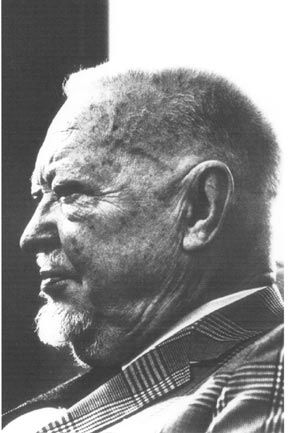Voices in the Wilderness – Howard Hanson

There is probably no composer more closely identified with Neo-Romanticism as an ideology than Howard Hanson. A man of enormous energy, ambition, and intelligence, driven by fervently held ideals, he devoted his long and immensely productive career to realizing his vision of music in America. Musicologist Joseph Machlis wrote of Hanson, “It may safely be said that in the second quarter of the twentieth century, no individual in the United States did more for the cause of American music than he.” As a composer, Hanson is known chiefly for one work, a symphony to which he defiantly added the subtitle “Romantic.” Achieving nationwide acclaim while still in his twenties, he lived to see himself marginalized during the last two decades of his life, because of his consistent adherence to values and ideals, rooted in the piety of small-town life in “middle America,” that increasingly seemed “old-fashioned” and authoritarian when seen against the hard-edged intellectualism, anarchic radicalism, and sneering cynicism of the 1960s and 1970s.
(From Voices in the Wilderness, p. 111)